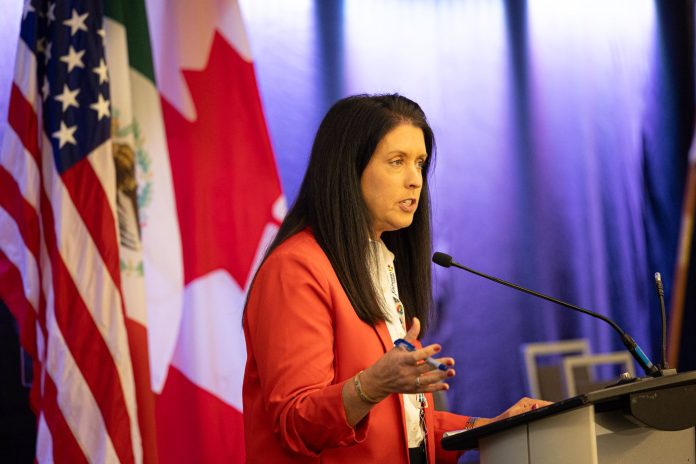
by Kimiya Shokoohi
Local Journalism Initiative Reporter
The StarPhoenix
The story of nature’s unwavering magnitude and man’s stewardship has persevered among First Nations people, even as communities have moved away from hunting and gathering.
“They respect the land and want to make sure it’s protected for the next generation,” Derrick Meetoos said of elders at Thunderchild First Nation in west central Saskatchewan, where he manages Thunder Farms, a fully-owned First Nation company.
There’s a story in the exchange between man and nature by First Nation peoples that details the relationship between humans and the natural world. Man was born disadvantaged to animal and plant. Unable to fend for himself, Mother Earth was compassionate towards the struggling man and brought her plants and animals as part of an agreement to let him live. In return, man agreed to become a steward of the natural world, to care for and respect Mother Earth, her animals and plants.
“For us, it’s really not about profit. It’s about respecting the land,” said Meetoos, who was invited to speak this week in Saskatoon at the Tri-National Agricultural Accord on a panel about Indigenous agriculture and trilateral rural development.
Saskatoon hosted delegates from Canada, the United States and Mexico for the 2023 conference. Attendees peppered Meetoos with questions about how an Indigenous farm runs and operates. All in all, he was encouraged to see the interest around the need for communication and support, he said.
“I’m hopeful the understanding they reached was we need to start communicating better.”
The accord is part of a commitment between Canada and its two North American counterparts to collaborate on agricultural trade and development, including how to bring matters of interest to First Nations more to the forefront.
Saskatchewan Agriculture Minister David Marit said Indigenous communities “play a critical role” in meeting agriculture targets laid out in the province’s growth plan. The government “realizes the importance of building and strengthening relationships and opportunities with Indigenous communities,” he said.
Oklahoma Secretary of Agriculture Blayne Arthur, who attended the conference, said this was the first time the Tri-National Agricultural Accord has had a focus on Indigenous agriculture. Oklahoma has 39 federally-recognized tribes within its borders, she said.
“We need to continue to initiate those conversations but then make certain both that at state level and the federal level that we are having collaboration there.”
Constitutionally, the Crown has the duty to consult with First Nation people regarding industry activities that might affect treaty rights. Agriculture activities that are part of the regulation of First Nation communities in Saskatchewan include cattle farming and crop land for Indigenous operations as well as in leasing of lands.
The province has also been called on to improve collaborative planning in reducing barriers to federal and provincial programs. Further to this is the emphasis on building meaningful community engagement with First Nations such as understanding practical structures, requirements and Indigenous values.
First Nations groups have often played a leading role in preventing climate disasters connected with commercial production. Organizations such as the Saskatchewan First Nations Natural Resource Centre of Excellence have worked to ensure protection of the environment, including assessment work around water security.
The three-day, closed-door conference included representatives discussing priorities such as economic growth, trade, and food security in North America.
Saskatchewan continues increase its agricultural exports. In 2022, they were the largest on record, with total international sales of $18.5 billion. Exports have increased 58 per cent since 2013.
The U.S. is the province’s top export destination, accounting for 33 percent of its agricultural food exports with sales valued at $6.2 billion. Mexico is the province’s fourth-largest market, with an export valuation of $992 million.
For farming experts like Meetoos, attaining loans for farms is an ongoing and difficult effort, but he said he’s pleased that agricultural partners are starting to recognize First Nations are capable of running their own operations, and how successful they can be with greater collaboration.
“I hope they realize that we are capable of running our own land,” he said. “I’m very encouraged.”

